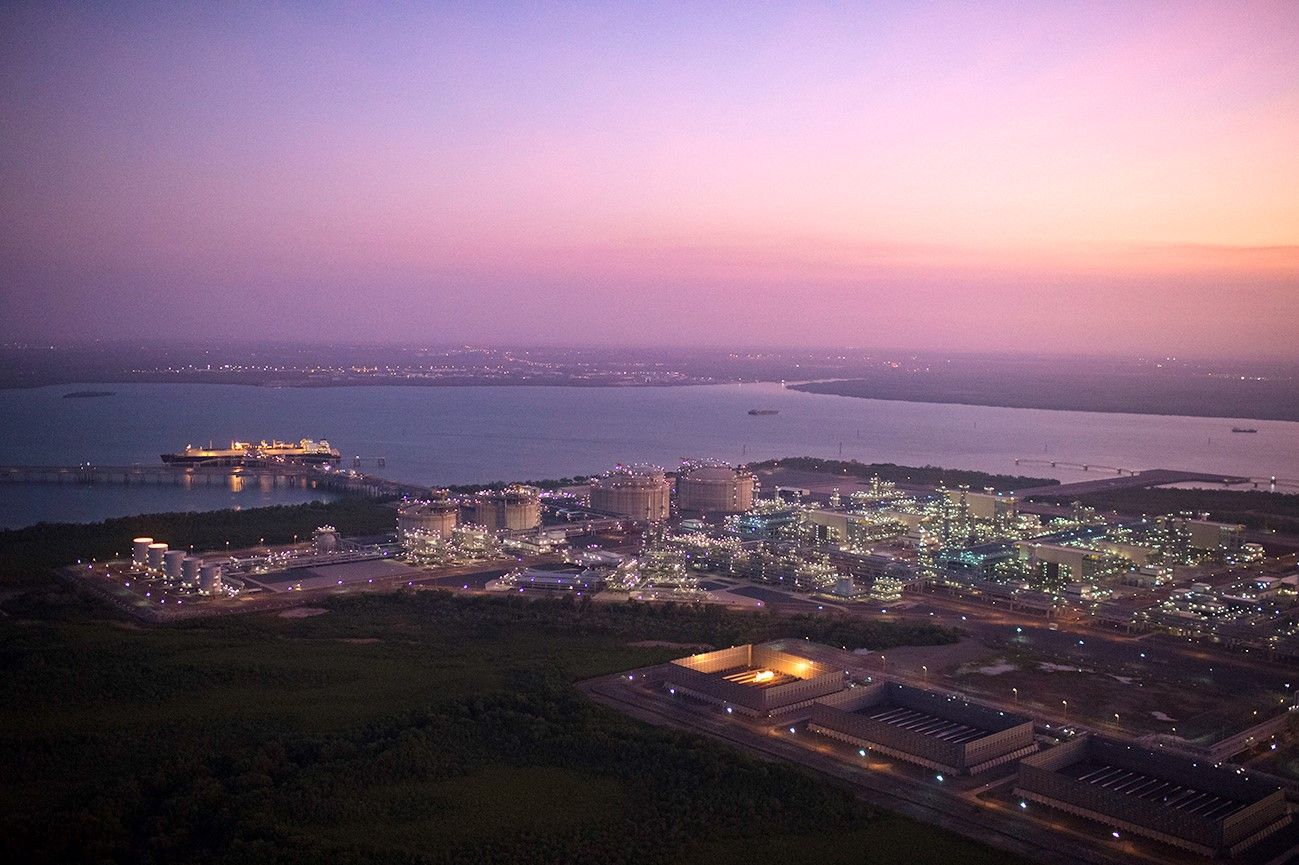This story requires a subscription
This includes a single user license.
“I can confirm that Train 2 restarted operations on October 9,” the spokesman said.
Inpex said on August 22 that the second train was “temporarily halted” on the evening of August 20. Prior to this, Inpex shut down the train in July.
The second train had been halted for inspection and repair after an issue was discovered during operational monitoring activities.
Train 1 to return to full ops in November
The spokesman also said that Train 1 is expected to “return to 100 percent by mid-November.”
On September 10, he said Inpex had decided to reduce Train 1’s rate of operations to about 70 percent to carry out inspections as the unit “is using the same equipment (heat exchangers) as Train 2.”
“Train 1 will be inspected for signs of similar issues, and overall production is expected to recover to 100 percent by early November,” the spokesman said at the time.
8 -11 cargoes per month
Inpex shipped 76 LNG cargoes from the export plant from January to July of this year.
The spokesman said that Ichthys LNG shipped 9 cargoes in August and 5 cargoes in September.
According to the spokesman, Ichthys LNG expects to ship “between 8 and 11 cargoes per month from October onwards.”
This means that the plant is expected to ship between 114 and 123 cargoes in 2024.
Last year, the LNG plant sent record 129 LNG cargoes, 17 cargoes more compared to 2022, as part of the company’s plans to boost production to about 9.3 mtpa due to debottlenecking.
The plant shipped 11 LNG cargoes in 2018, 104 LNG cargoes in 2019, 122 LNG cargoes in 2020, 117 LNG cargoes in 2021, and 112 LNG cargoes in 2022.
Ichthys LNG is a joint venture between operator Inpex and major partner TotalEnergies.
Earlier this year, Inpex also purchased a small stake in Ichthys LNG from compatriot Tokyo Gas to boost its stake from 66.245 percent to 67.82 percent.
Besides TotalEnergies, other partners in the Ichthys project include Australian units of CPC, Osaka Gas, Kansai Electric Power, Jera, and Toho Gas.
Natural gas arrives to the LNG plant at Bladin Point, near Darwin from the giant Ichthys field offshore Western Australia via an 890 kilometers long export pipeline.

